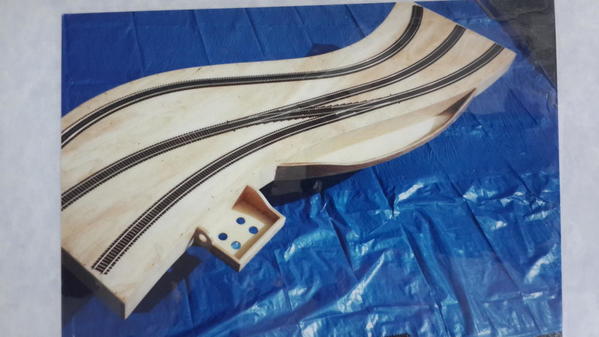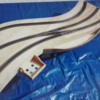Well, I have been kicking around a bunch of ideas in my head and I thought about making a test track. I guess it would be the typical straight sections of track everyone usually sees here or there. I then thought what else would go on or into a test track. Do some have switches on them, or other things like activation switches? Could really use some opinions to tinker around with, any idea is a good one.
Thanks
Dave
Happy Hump Day ![]()







